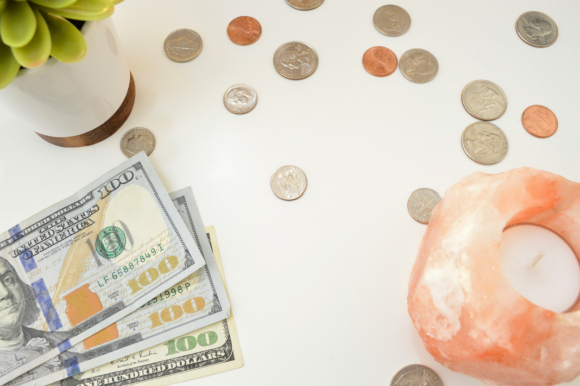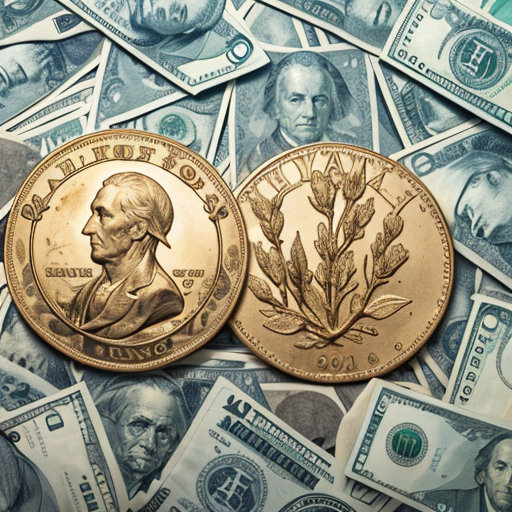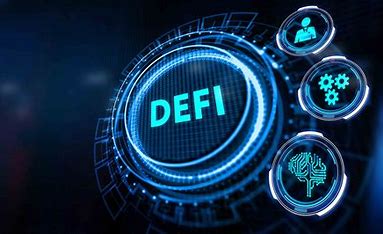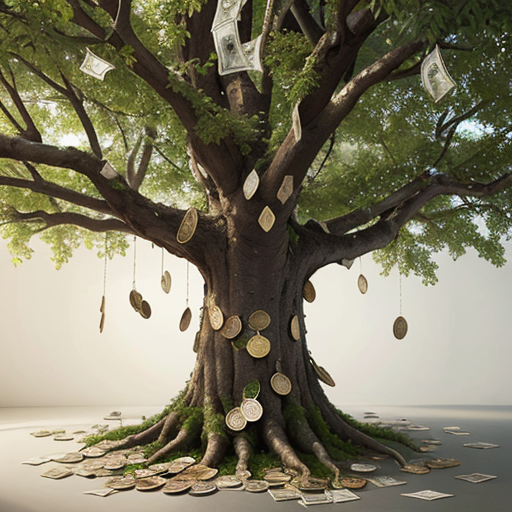How ESG Can Align Your Wealth with a Sustainable Future
Why ESG Investing as a Lifestyle Option Could Help Fund Rainforests
It's likely that you don't give your morning coffee much thought. Did you know, though, that every dollar you spend might have an effect that goes far beyond simply slake your thirst? Welcome to the world of ESG investment, where you can make everyday decisions that support social justice and sustainability, from your clothes to your coffee. The days when only institutional giants could engage in ethical investing are long gone. Individual investors like you, who are between the ages of 20 and 50, are changing the rules today by incorporating Environmental, Social, and Governance (ESG) concepts into your daily life and portfolio.
ESG as a Way of Life: Going Beyond Profits
ESG investing is sometimes portrayed as a strictly financial choice where sustainability and profitability coexist. However, the reality is that ESG is rapidly taking on a lifestyle of its own. Choosing which stocks to buy is no longer the only consideration; it's now about how your values are reflected in every aspect of your life, from your tech use to your shopping habits. Particularly among tech-savvy generations like Millennials and Gen Z, who seek investments that not only yield financial returns but also support a sustainable future, the demand for good social and environmental effect has taken over.
Similar to utilizing a fitness app for your financial well-being, Clim8, a gamified investment platform, allows users to measure the carbon footprint of sustainable businesses while investing in them. With the help of these platforms, sustainable investing becomes more than just a choice—it becomes an extension of your way of life.

Unexpected ESG Trends You Should Be Aware of
The ESG chances that go unnoticed are frequently the most intriguing. For example, a lot of people know about solar panels or electric cars, but not many know about the expanding markets for regenerative agriculture and blue bonds.
An interesting and new trend is blue bonds, which are basically "green bonds" for the ocean. These bonds provide funding for initiatives aimed at protecting the ocean, such as reducing plastic pollution and restoring coral reefs. Institutional investors and even governments have pledged money for marine conservation, which has led to a rise in the popularity of these bonds as of 2023. However, they aren't limited to big players. By contributing to sustainable funds that prioritize environmental restoration, you can access these initiatives and reap the financial and ecological rewards.
In a similar vein, regenerative agriculture is becoming more and more popular as a vital instrument for stopping climate change. Regenerative agriculture improves soil carbon sequestration and biodiversity in contrast to conventional farming, which depletes the soil. Individual investors can purchase and trade carbon credits through businesses like Nori, a carbon marketplace for soil regeneration, which directly supports sustainable land management techniques.

Micro-Investing Tricks: How Tiny Sums Can Make a Big Difference
You may believe that only wealthy people can invest in ESG, but that couldn't be further from the reality. Investing in sustainable assets without requiring a sizable upfront commitment is now simpler than ever before, thanks to fractional share offerings and micro-investment platforms.
For instance, you may participate in the shift to renewable energy by investing a few hundred dollars in solar energy projects through firms like GreenSky and SolarCity. Purchasing fractional shares in solar farms or green bonds are examples of even smaller investments that can help you create a diversified and impact-driven portfolio without going over budget.
Fintech apps like Tickr and Circa5000, which gamify the investing process and let investors select portfolios centered on everything from gender equality to sustainable energy, are another popular microinvesting alternative. Without having to commit big quantities of money all at once, these platforms allow you to invest in ways that are consistent with your values and help create a better future.

Case Studies: Actual Impact Investing Instances
Let's examine a few businesses that are changing the definition of impact investing:
1. Pela Eco: Pela Eco sells eco-friendly gadget accessories and phone cases that may be composted. The business earned millions through crowdfunding to expand its product line and promote environmentally friendly initiatives like cutting back on plastic waste. You're actively contributing to the transition to a more sustainable consumer tech industry by investing in businesses like Pela Eco.
2. Allbirds: Known for its environmentally friendly shoes, Allbirds is credited with developing the idea of a supply chain that emits no carbon emissions. By purchasing sustainable products and offsetting carbon emissions, the corporation has made significant investments to lessen its environmental impact. Supporting businesses like Allbirds as an individual investment enables you to combat climate change and promote ethical consumption.
Act Now: Begin Matching Your Investments to Your Principles
Now is the moment to act and begin balancing your own wealth with the future of the world. Sustainable investing is no longer a specialized or expensive activity only available to institutions thanks to technological advancements and innovative financial solutions. You can have an impact by supporting businesses that promote regenerative agriculture, investing in blue bonds, or using micro-investment applications.
Start by looking at your own spending patterns. Do you now prefer businesses with strong social values, support fair trade, or purchase eco-friendly products? Next, look at investing options that complement your everyday decisions. Additionally, keep in mind that ESG investment aims to improve the world rather than just increase profits. Whether you're funding a little business that is revolutionizing the world or the next big tech giant, it's time to vote with your cash.
Are you prepared to begin? Find out which ESG industry most closely aligns with your values and spending patterns by taking the quiz below. Make your money do more for the environment and for you.
(Writer:Lorik)





